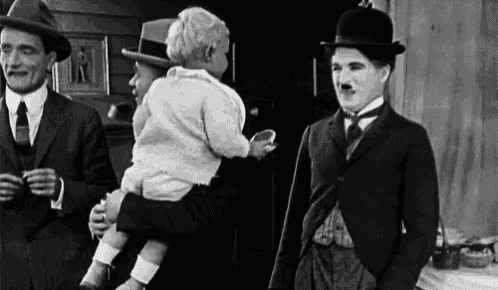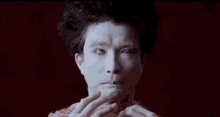
Do you empathize with Frank and Rita?
LESSONS: Ten Things to Think About
EMPATHY
Empathy: Connecting Your Character with the Audience
Empathy is vital for engaging the audience with your character. Empathy is established when viewers see aspects of themselves in the character’s experiences.
Here’s why Empathy is crucial and how legendary figures like Charlie Chaplin mastered it.
Charlie Chaplin’s Mastery: Chaplin’s “little tramp” character epitomizes empathy. He remains authentic in every moment, navigating various societal classes in his films. In a poignant scene from “City Lights,” Chaplin’s character interacts with a woman from his past, concealing his true identity to preserve her admiration. We empathize with his desire for acceptance, showcasing Chaplin’s ability to maintain integrity amid challenging circumstances.
Importance of Empathy: Every human seeks survival regardless of their actions. Empathy arises when characters demonstrate their survival instincts. For instance, in the Cal Arts student film by Mike Rianda, the protagonist’s journey sparks empathy as viewers hope he achieves his goal of obtaining moon shoes. As his desires evolve, we’re drawn to his emotional arc, underscoring the importance of empathy in storytelling.
Empathy in Acting: Empathy distinguishes excellent acting, as seen in Chaplin’s films. Empathy elicits a deeper connection with the character’s struggles than sympathy, which evokes pity. Chaplin’s approach to physical comedy, such as concealing a mishap with dignity rather than erratic actions, prolongs laughter and enhances audience engagement.
Your presence and movement in space are crucial for conveying empathy as an animator. Butoh, an art form emphasizing simplicity and presence, exemplifies this concept. Butoh practitioners gain a heightened awareness of their spatial presence and emotional embodiment through minimal gestures. This practice fosters an understanding of the body in three dimensions, allowing for innovative forms of communication where the body is deconstructed and reconstructed to convey deeper meanings.

Empathy is a survival mechanism.
- Find depth in your character.
- Justify your character’s existence.
- Show a “window” into your character’s humanity.
- Remember gestures that are shadow movements.
- People do not share their emotions easily.
- Example: If character is cold, don’t shiver…have the character try to stay warm!!
In Conclusion, Empathy is central to compelling storytelling and acting. Characters with depth and relatable struggles captivate audiences, fostering emotional connections that transcend cultural barriers. By understanding the survival instincts driving your character and employing subtle gestures to convey emotions, you can master the art of empathy in Animation.
